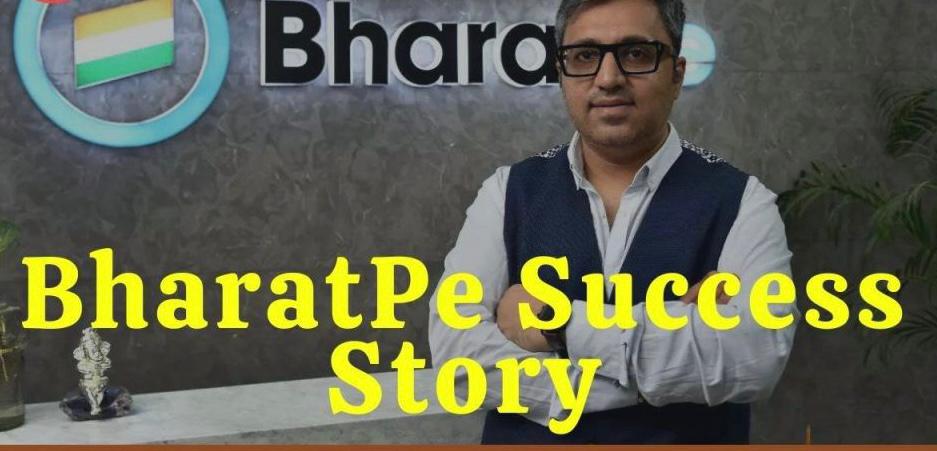Introduction
Unacademy, a pioneering ed-tech startup in India, was founded in 2015 by Gaurav Munjal, Roman Saini, and Hemesh Singh. What began as a humble YouTube channel offering educational content soon transformed into a comprehensive online learning platform, aiming to democratize education by providing high-quality resources to everyone, irrespective of their geographical location. Over time, Unacademy experienced significant growth, establishing itself as one of India’s leading ed-tech platforms. However, this journey was not without its challenges, and the company faced numerous obstacles that underscored the volatile nature of the ed-tech industry.
The Rise of Unacademy
Founding and Initial Growth
Unacademy’s inception can be traced back to a YouTube channel where Gaurav Munjal posted educational videos. Recognizing the vast potential of online education, Munjal, along with Roman Saini and Hemesh Singh, officially launched Unacademy as a company in 2015. The platform quickly gained popularity due to its high-quality content, which covered a wide array of subjects, ranging from competitive exam preparation to skill-based courses. This initial success was a testament to the founders’ vision and the growing demand for accessible education in India.
Funding and Expansion
The rapid growth of Unacademy was largely fueled by significant investments from prominent venture capitalists. In its early years, the company attracted funding from investors such as Sequoia India, Nexus Venture Partners, and Blume Ventures. This financial support enabled Unacademy to expand its offerings, onboard more educators, and enhance its technological infrastructure. The influx of capital allowed the company to scale its operations rapidly and cater to a larger audience.
Marketing Strategies
Unacademy implemented a variety of marketing strategies to establish itself as a premier ed-tech platform:
1. Influencer Partnerships: Collaborating with popular educators and influencers helped Unacademy reach a broader audience. These influencers promoted the platform on social media, driving traffic and increasing user engagement.
2. Content Quality: Emphasizing high-quality educational content was a cornerstone of Unacademy’s marketing strategy. The company invested heavily in recruiting top educators and creating comprehensive, engaging courses.
3. Free and Paid Courses: Offering a mix of free and paid courses attracted a large user base. Free courses acted as a gateway, encouraging users to explore paid offerings for more in-depth learning.
4. Aggressive Advertising: Unacademy utilized digital advertising across platforms like Google, Facebook, and Instagram to target potential users. Their ads highlighted success stories, quality content, and the platform’s benefits, enticing users to join.
Acquisitions
To diversify its offerings and strengthen its market position, Unacademy pursued several strategic acquisitions:
1. WiFiStudy (2018): Acquiring WiFiStudy, a YouTube-based exam preparation platform, helped Unacademy enhance its competitive exam segment and reach a broader audience.
2. PrepLadder (2020): This acquisition allowed Unacademy to expand into the medical entrance exam preparation market, a niche but highly lucrative segment.
3. CodeChef (2020): By acquiring CodeChef, a competitive programming platform, Unacademy entered the coding and programming education space, attracting tech-savvy learners.
4. Mastree (2020): This acquisition aimed to bolster Unacademy’s offerings in the K-12 segment, providing personalized learning solutions for school students.
Business Aspects
Revenue Model
Unacademy’s revenue model primarily relied on subscription-based services. Users could access premium content by subscribing to various courses or purchasing course bundles. The company also offered live classes, interactive quizzes, and personalized mentoring, adding value to its premium offerings. This model allowed Unacademy to generate a steady stream of revenue while providing diverse learning opportunities to its users.
Market Position
Unacademy positioned itself as a comprehensive online learning platform catering to diverse educational needs. Its wide range of courses, from competitive exams to skill development, helped it capture a significant share of the ed-tech market in India. The company’s ability to cater to various educational segments made it a go-to platform for learners seeking quality education.
Downfall of Unacademy
Despite its rapid rise, Unacademy faced several challenges that contributed to its downfall:
Over-Reliance on Funding
Unacademy’s aggressive expansion was heavily reliant on continuous funding. As the global economy faced uncertainties, securing consistent funding became challenging, impacting the company’s ability to sustain its growth trajectory. The dependence on external investments highlighted the need for a more sustainable financial strategy.
High Customer Acquisition Costs
The ed-tech industry is highly competitive, and acquiring new users often required substantial marketing expenditure. Unacademy’s high customer acquisition costs began to outweigh the revenue generated from new users, straining its financial health. This imbalance underscored the importance of efficient customer acquisition strategies and cost management.
Market Saturation
The Indian ed-tech market became increasingly saturated with numerous players offering similar services. This intensified competition made it difficult for Unacademy to differentiate itself and maintain its market share. The saturation of the market highlighted the need for innovation and unique value propositions to stay ahead.
Quality Control Issues
As Unacademy scaled rapidly, maintaining consistent content quality across its vast course library became challenging. Instances of subpar content and dissatisfied users started to surface, damaging the platform’s reputation. Ensuring quality control at scale proved to be a significant hurdle for the company.
Regulatory Challenges
The ed-tech industry in India faced increased scrutiny from regulatory bodies. Issues related to content accuracy, educator qualifications, and consumer protection regulations posed significant challenges for Unacademy, impacting its operations. Navigating the complex regulatory landscape became a crucial aspect of the company’s operations.
Conclusion
Unacademy’s journey from a YouTube channel to a leading ed-tech platform exemplifies both the potential and challenges of the ed-tech industry. The company’s innovative approach, strategic acquisitions, and robust marketing strategies fueled its rapid rise. However, over-reliance on funding, high customer acquisition costs, market saturation, quality control issues, and regulatory challenges contributed to its downfall.
Business Lessons
1. Sustainable Growth: Rapid expansion fueled by external funding can be risky. It’s crucial for startups to focus on sustainable growth and establish a strong revenue model early on.
2. Quality Control: Maintaining consistent quality is essential for long-term success. As companies scale, ensuring the quality of products and services should remain a top priority.
3. Diversification: Diversifying offerings and revenue streams can help mitigate risks associated with market saturation and economic fluctuations.
4. Regulatory Compliance: Navigating regulatory landscapes is critical, especially in industries like ed-tech. Staying compliant with regulations can prevent legal issues and protect the company’s reputation.
5. Customer-Centric Approach: Prioritizing customer satisfaction and addressing user concerns promptly can enhance brand loyalty and foster long-term success.
Unacademy’s story serves as a valuable case study for startups, highlighting both the opportunities and challenges in the dynamic ed-tech sector. The lessons learned from its journey underscore the importance of sustainable growth, quality control, diversification, regulatory compliance, and a customer-centric approach in building a successful business.








